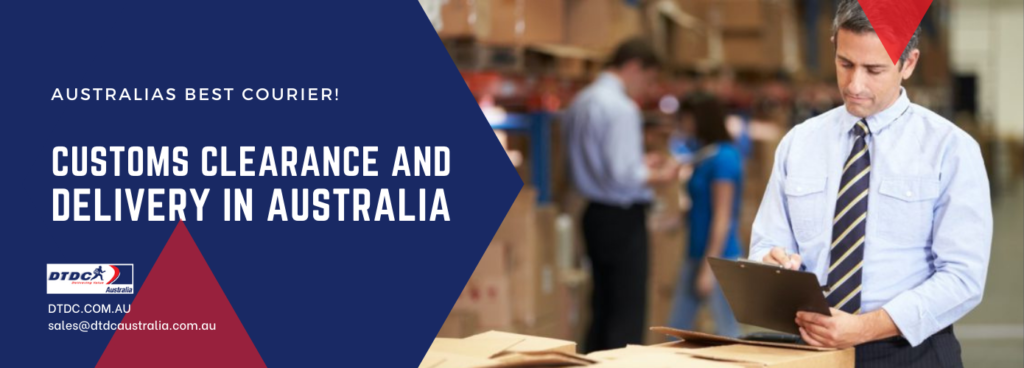
What’s the best method for smooth customs clearance and delivery in Australia? Aside from filling out export documents correctly and consistently, there is much to do to deliver your international shipments on time without penalties.
If you’re exporting shipments, all you must do is prepare the correct documents. As long as you have the right information, the shipment process won’t be delayed, and you won’t encounter additional costs or penalties. Ideally, your customers receive your packages in a reasonable time.
If you’re an importer and receiving goods from abroad, you’ll essentially be organizing the shipping process. At this end of the shipping process, you’ll need to ensure you receive the correct information and documents from the sender.
Let’s say your cargo has arrived thousands of miles in time, but due to missing documents, your shipment is delayed at customs for days. You can’t know; this is just a fluke! The best way to avoid this situation is to prepare a checklist.
- List the required documents
- Determine the necessary information for each document
- Prepare a detailed declarations document
- Check the shipment’s information for accuracy
- Label the cargo with the required information
- Deliver the documents to the carrier and customs broker
After completing all these steps, you can relax as the carriers deliver your shipments on time. Of course, this is all contingent on understanding the process. It’s easier said than done! Here’s your guideline for smooth customs clearance and delivery in Australia.
Watch Video –
The Customs Clearance Process
Prepare Well!
Suppose you’re going to make an international shipment. In that case, you need to be familiar with the customs process for the specific product in the country you’re shipping to, regardless of whether it’s an export or a free sample shipment. So the first step is to gather information. There are many possibilities. For example, a specific product is restricted to the destination country or may need some additional documentation.
Although the level of stringent policies in the customs process varies from country to country, for example, one country can allow customs clearance with just a pro forma. But, at the same time, another may not accept the freight without the original stamped commercial invoice. So we’ll show you a comprehensive guide to ensure you don’t run into any difficulty, even in the strictest customs clearance process.
Write a Detailed Declaration
Shipping companies request a declaration from the shipper. Often, this is a ready-made form with blank fields asking for the requested information. However, in many circumstances, we see that the shipper only documents basic information such as the product’s name, number, and weight. Also, remember that the same effect has different names in other countries.
If the customs officer has any doubt about the contents of your shipment, a specialized customs office may extend the clearance process and charge additional fees for the extra screening. In the worst-case scenario, unidentified shipments can’t be returned to you.
You can see why it’s crucial to input all the correct information in the declaration form! Ensure that all documents, like your invoice, bill of lading, and certificate of origin, have consistent data from the declaration form. It is essential to have everything in order because inconsistent details will lead to problems at the customs stage!
Being prepared is the key to a smooth customs clearance! Make sure you know which documents are required, depending on the type of product you’re sending internationally. Be mindful that each country has its own rules and requirements. Even down to the small details, your package labels must be accurate to pass through the customs process smoothly and quickly!
If you have everything ready and correctly, you won’t experience delays or accrued charges! Happy exporting!



















